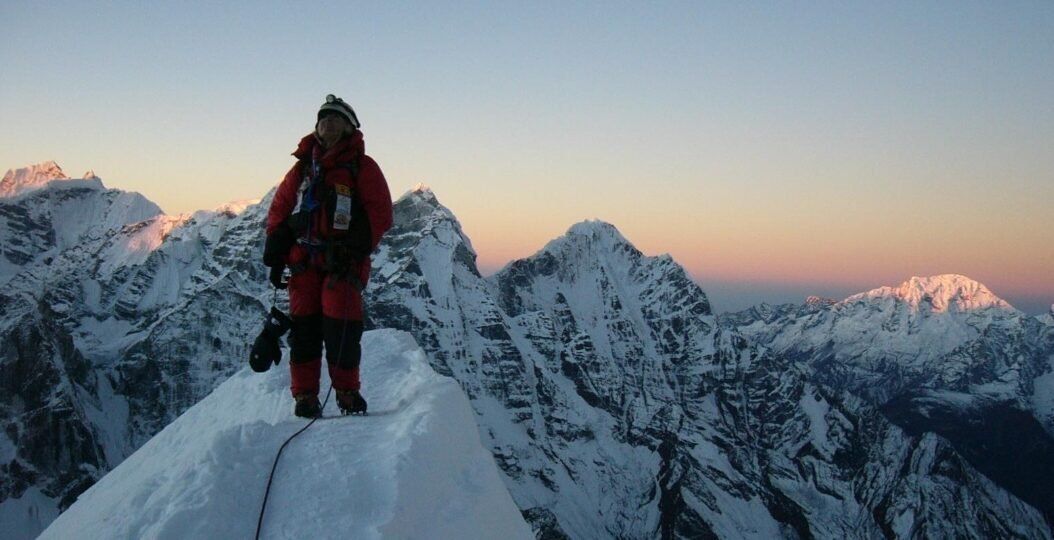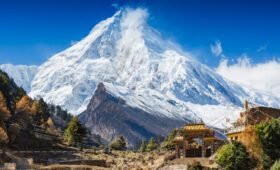For those who seek to push the boundaries of human achievement and have a relentless passion for mountaineering, conquering the Seven Summits is the ultimate dream. This remarkable feat entails reaching the highest peak on each of the seven continents, including the iconic Mount Everest. In this blog post, we’ll explore what it takes to embark on this extraordinary journey, with a focus on Everest, the crown jewel of the Himalayas.
The Seven Summits Challenge
The Seven Summits Challenge is a mountaineering goal that has captivated adventurers worldwide. It involves climbing the highest peak on each of the seven continents. These peaks are:
- Mount Everest (Asia)
- Aconcagua (South America)
- Denali (North America)
- Mount Kilimanjaro (Africa)
- Mount Elbrus (Europe)
- Vinson Massif (Antarctica)
- Puncak Jaya (Oceania)
Mount Everest: The Crown Jewel
Mount Everest, standing at a staggering 29,032 feet (8,849 meters), is the highest and most coveted of the Seven Summits. It’s not just a climb; it’s a profound test of human endurance, mental strength, and a brush with nature’s extreme forces. For climbers, conquering Everest is the pinnacle of their mountaineering journey.
The Everest Experience
Embarking on an Everest expedition is a life-changing adventure. It begins with a journey to Kathmandu, the capital of Nepal, where climbers make final preparations and undergo health checks to ensure they are physically and mentally prepared for the challenges ahead.
The trek to Everest Base Camp is the first leg of the journey. It’s a mesmerizing hike that takes climbers through rhododendron forests, Sherpa villages, and stunning Himalayan landscapes. The base camp serves as the starting point for the ascent, offering climbers an opportunity to acclimatize before making their way to higher camps.
The Ascent
The Everest climb typically follows the Southeast Ridge route, which includes crossing treacherous icefalls, climbing the steep Lhotse Face, and navigating the perilous Hillary Step. Climbers must be prepared to face extreme cold, altitude sickness, and unpredictable weather conditions.
Mental and Physical Preparation
To conquer Everest, climbers must be in peak physical condition. Rigorous training, including strength and endurance exercises, is essential. Mental fortitude and determination are equally crucial, as climbing Everest is as much a mental challenge as a physical one.
The Ultimate Achievement
Reaching the summit of Everest is a momentous achievement. The world opens up beneath you, and the sheer magnitude of the Himalayas unfolds in all its glory. It’s a moment of personal triumph and a testament to human resilience and determination.
Beyond Everest: The Seven Summits
For those who have successfully summited Everest, the journey doesn’t end there. The Seven Summits Challenge continues, with climbers setting their sights on the remaining six peaks. Each summit presents its own unique challenges, from harsh Antarctic conditions to the vast African savannah.
Conclusion
The journey to conquer the Seven Summits is the epitome of adventure, determination, and human spirit. Whether you’re an aspiring mountaineer or an armchair adventurer, the stories of those who have undertaken this remarkable challenge are a testament to the indomitable nature of the human will.
While Everest holds a special place in the hearts of climbers, it is just one of seven extraordinary summits. The Seven Summits Challenge beckons, promising adventures that will test your limits, showcase the world’s incredible diversity, and change your life forever. For those who dare to dream big and are ready to conquer the highest points on every continent, the Seven Summits await your exploration.



